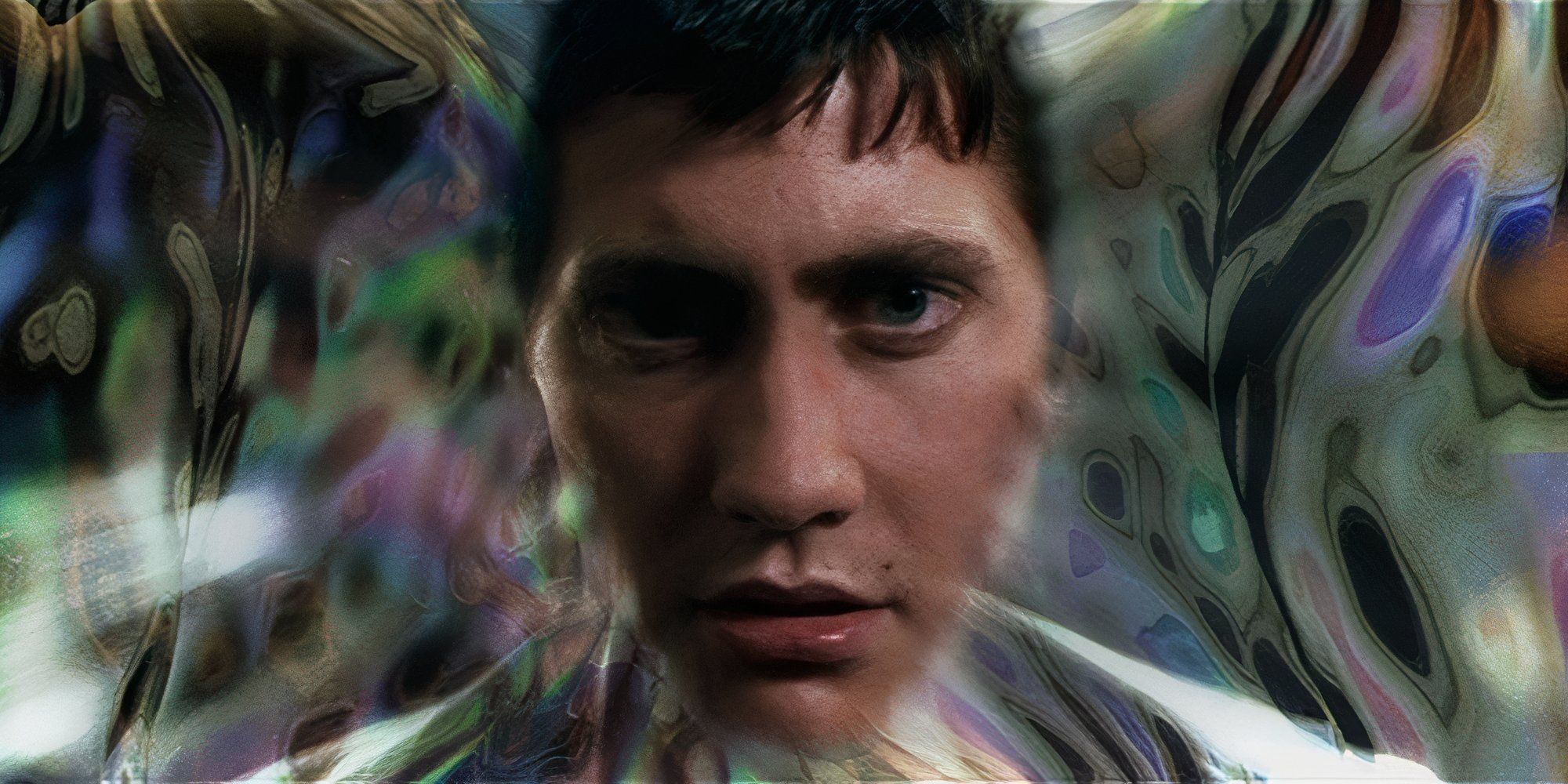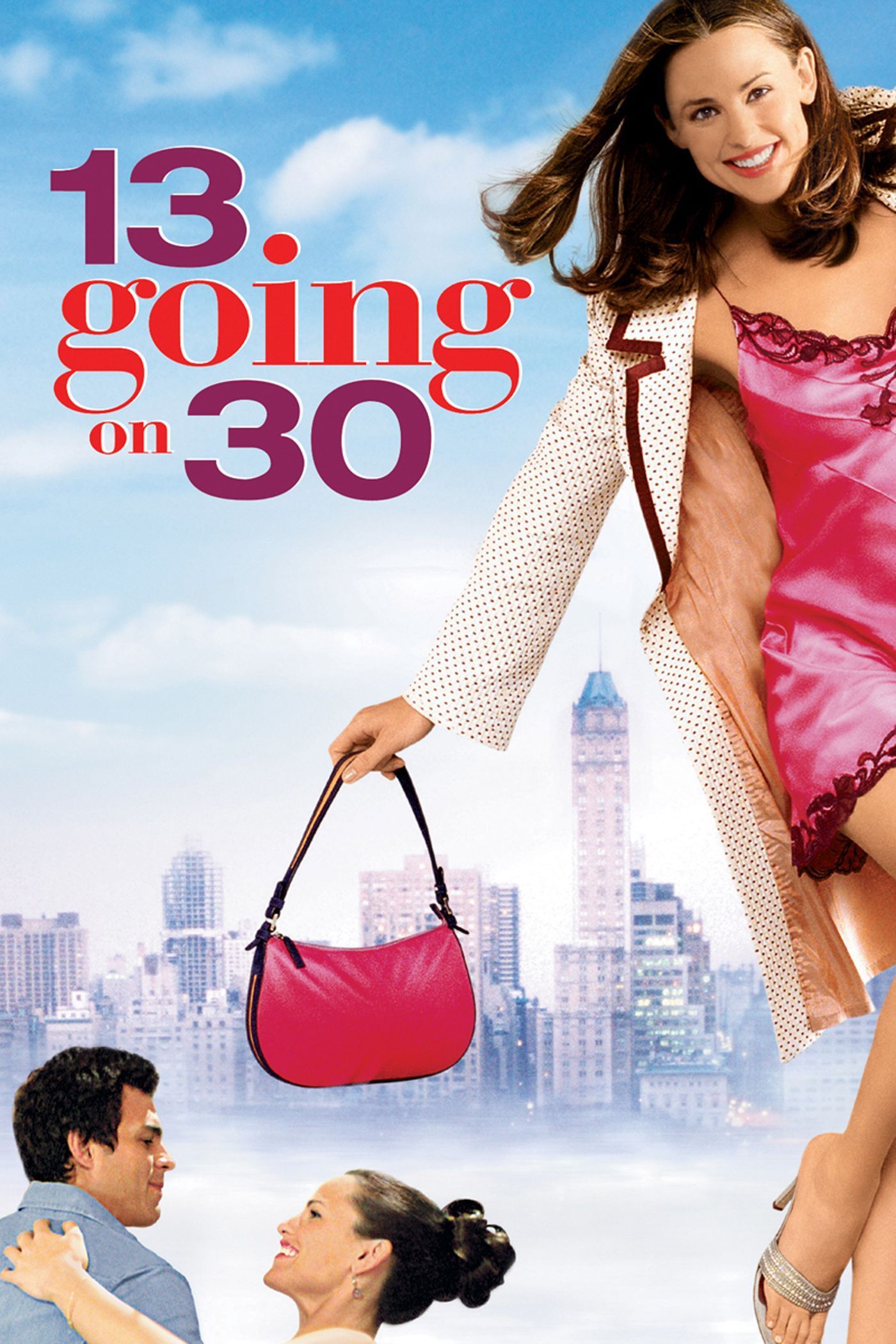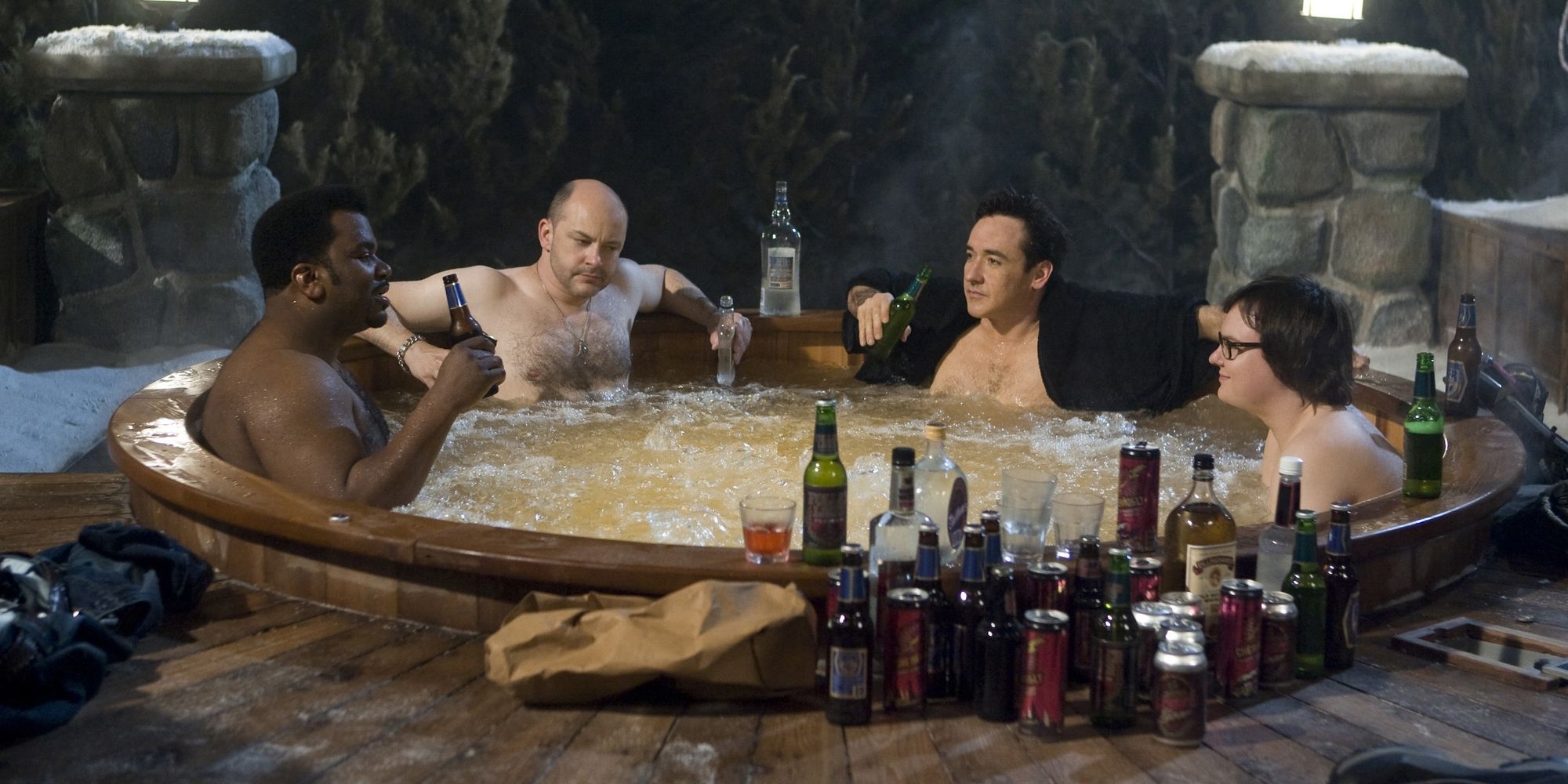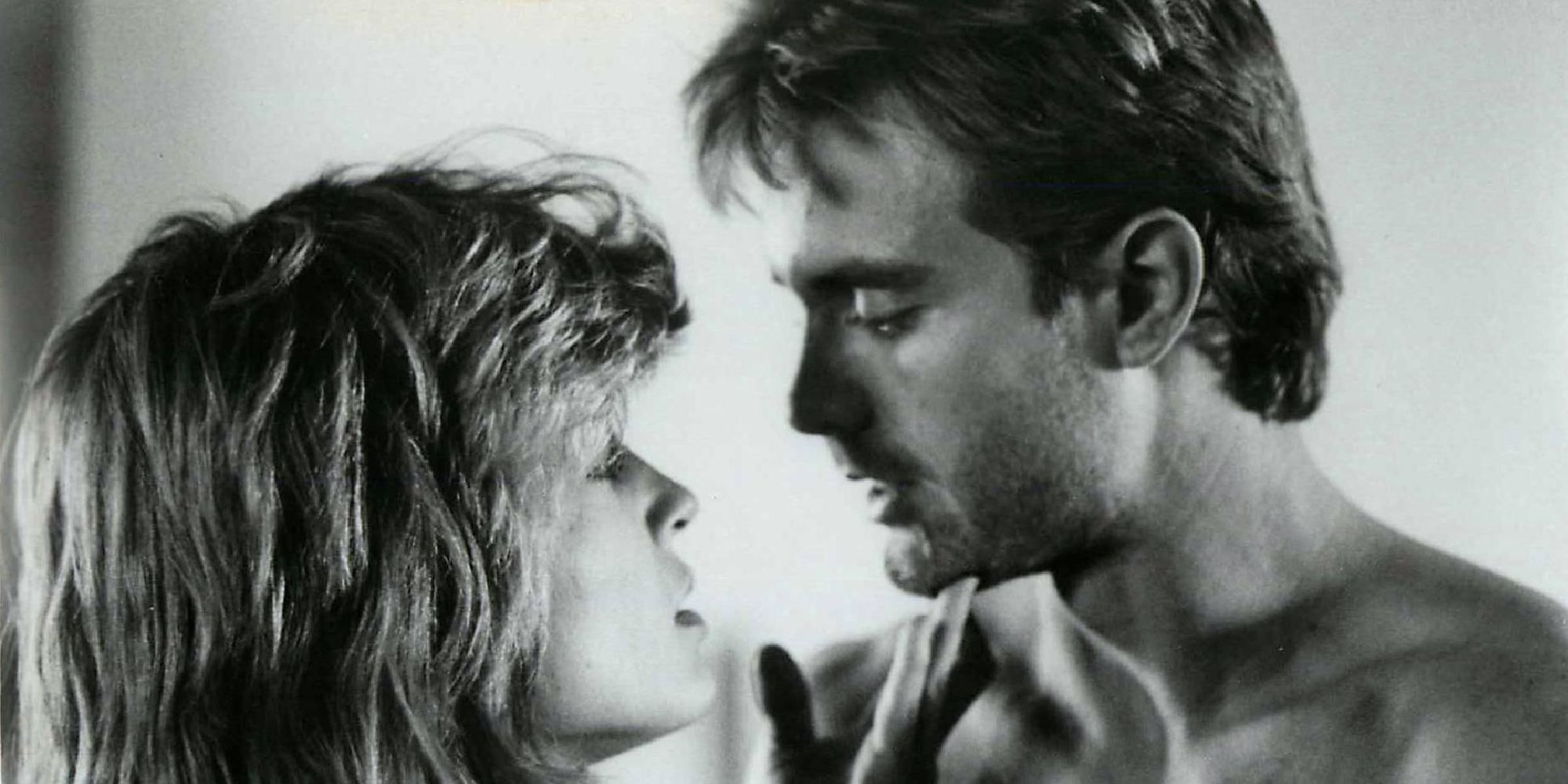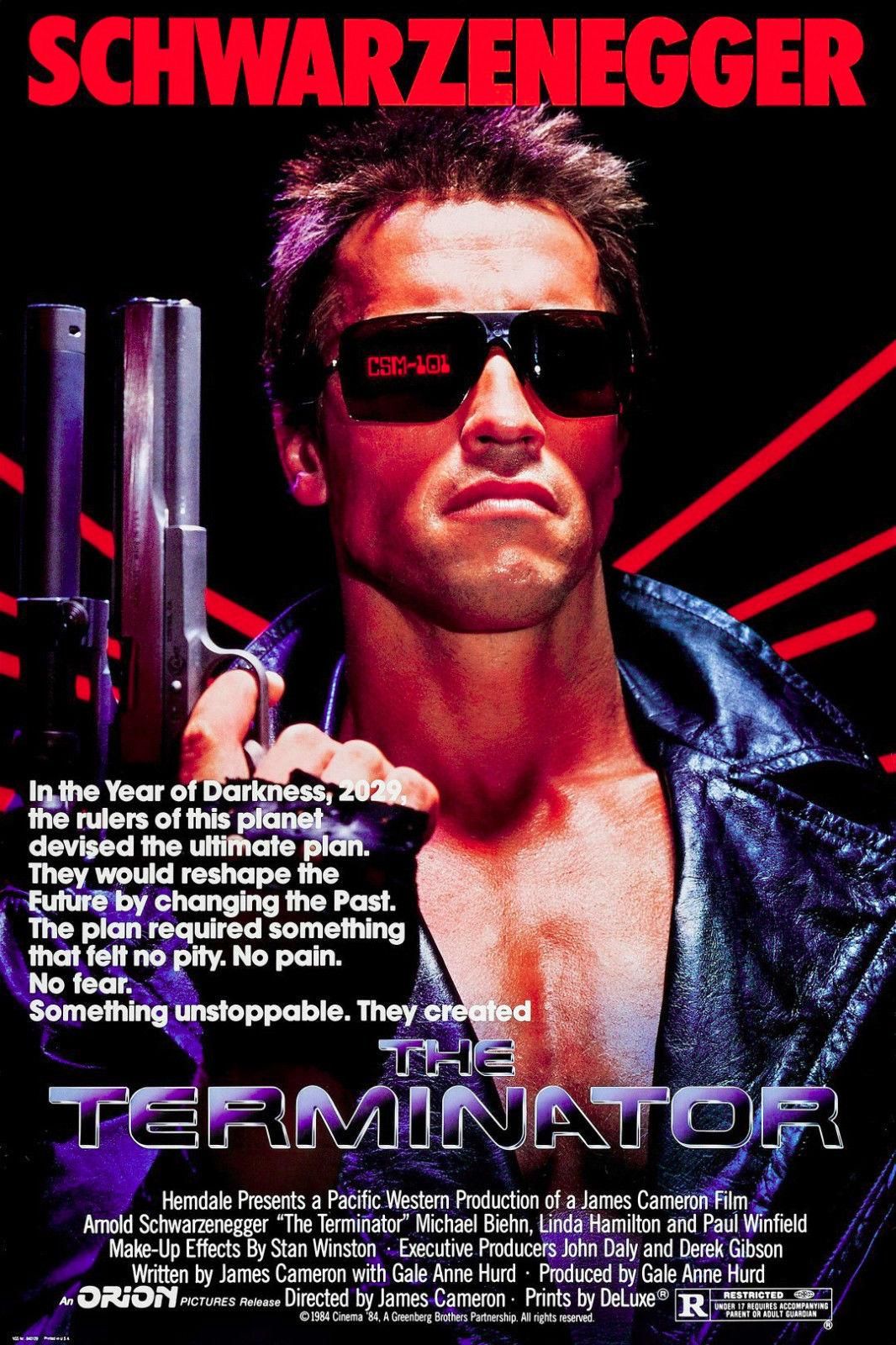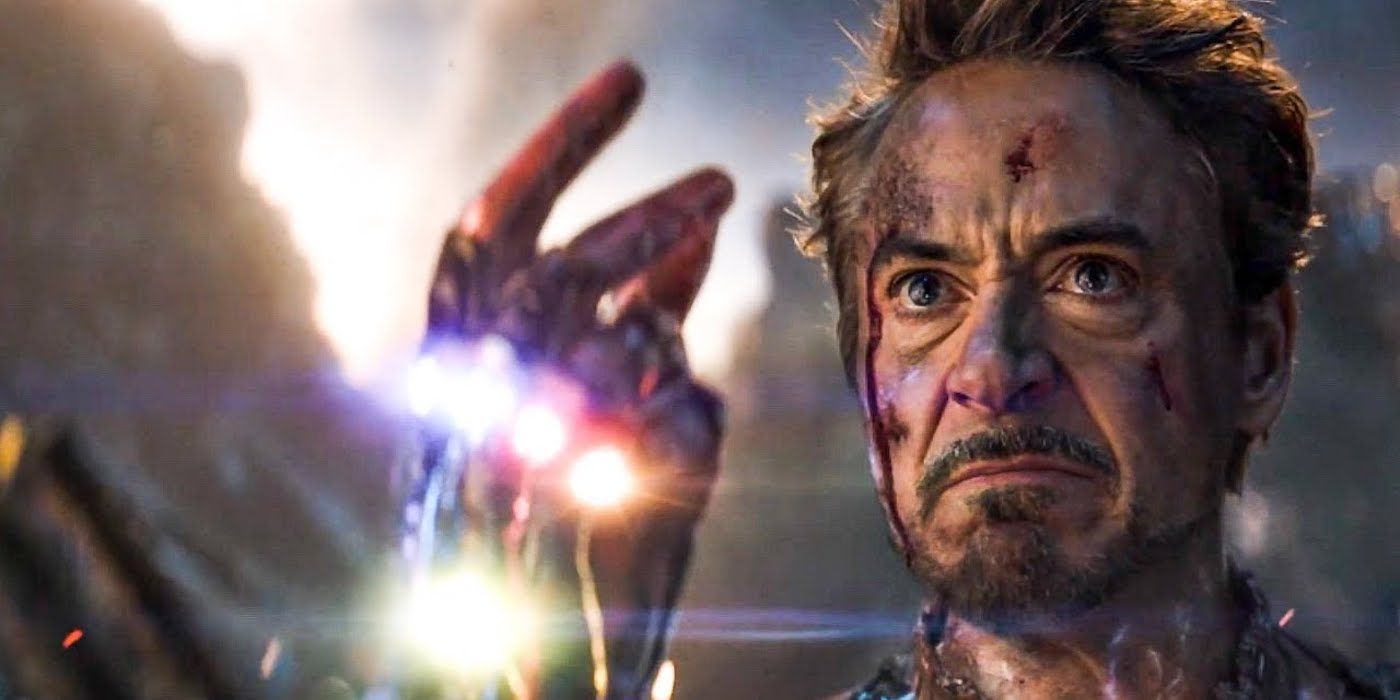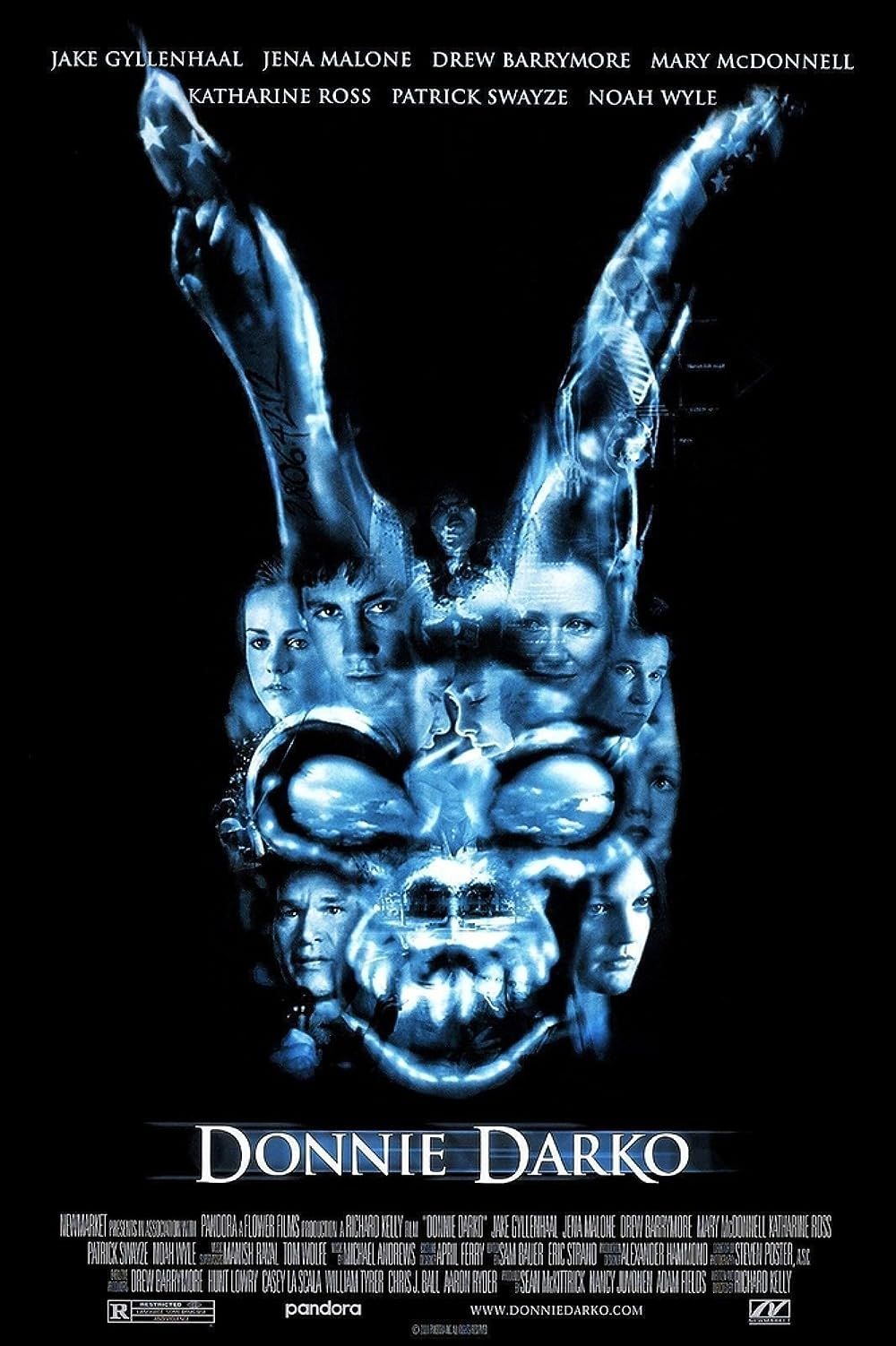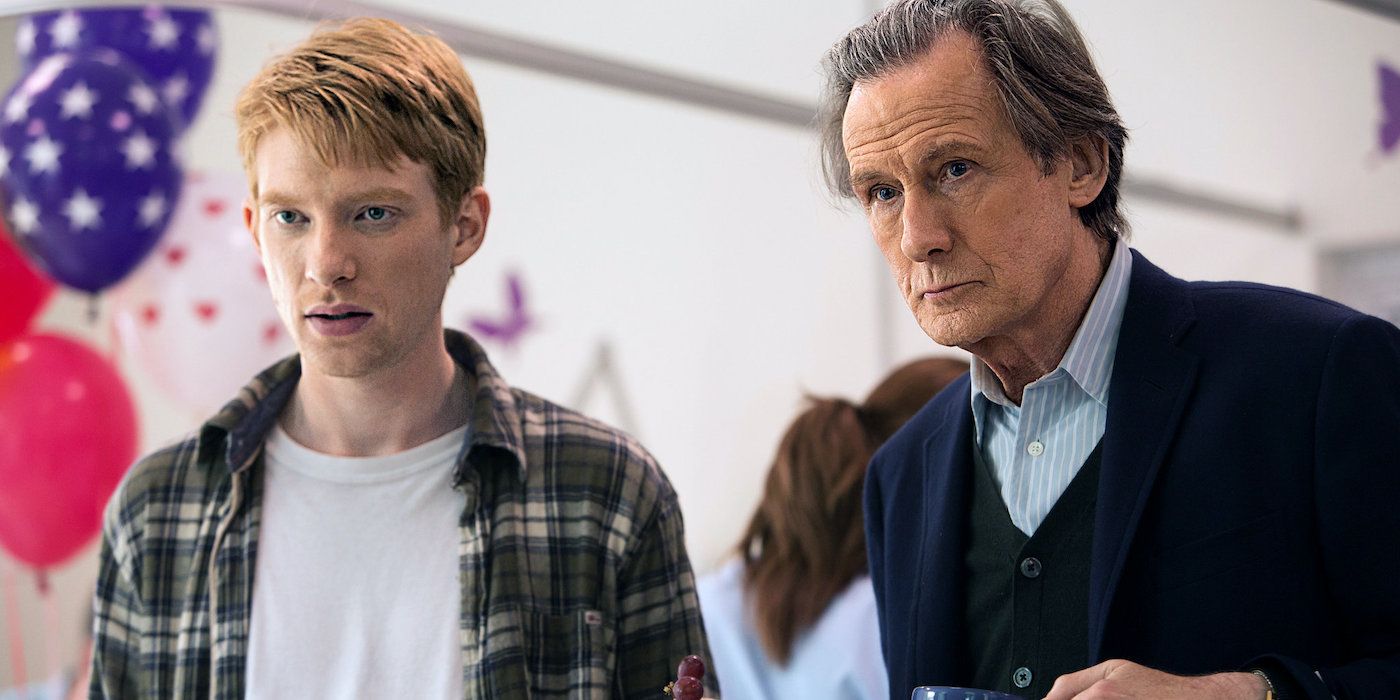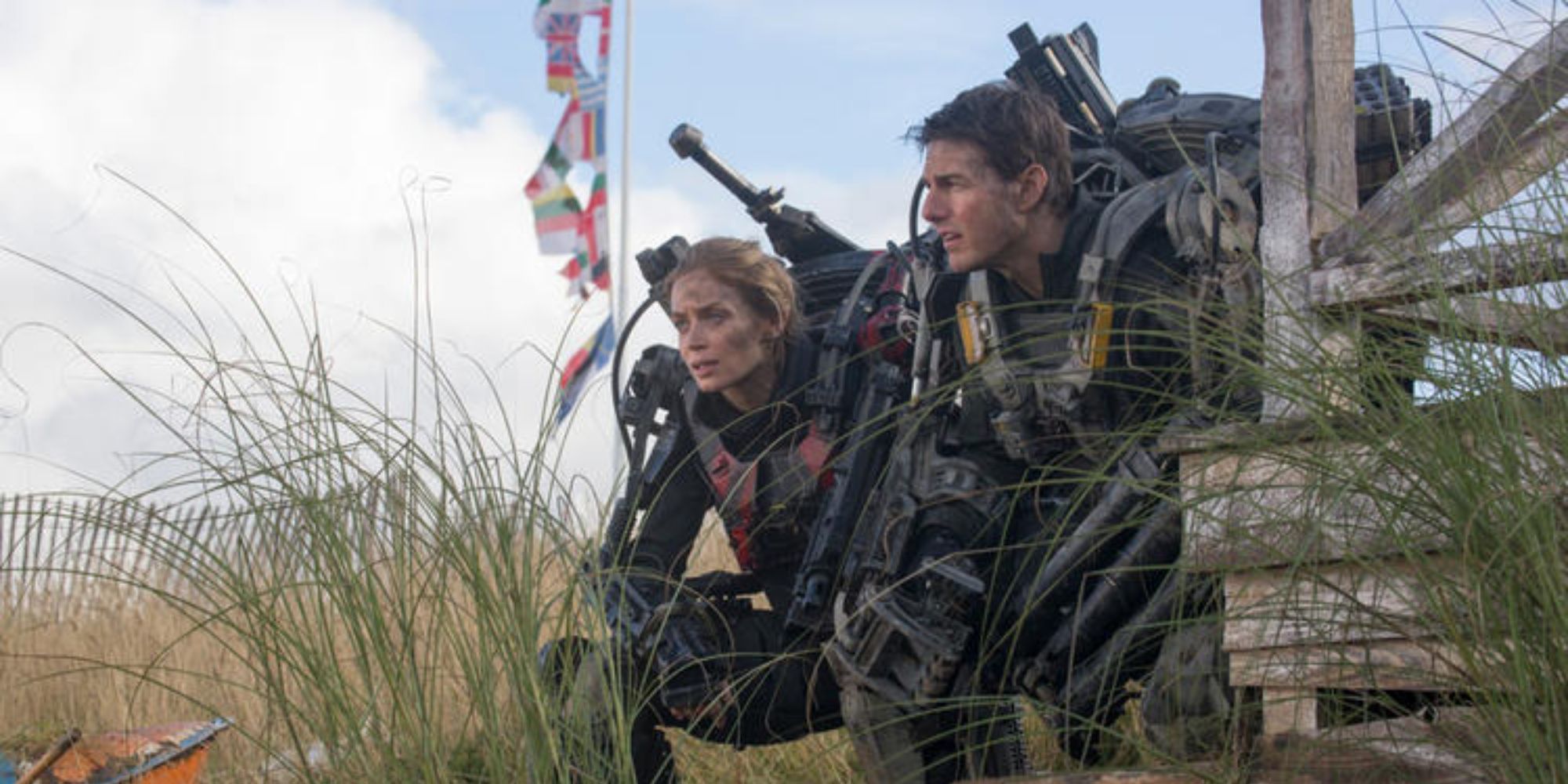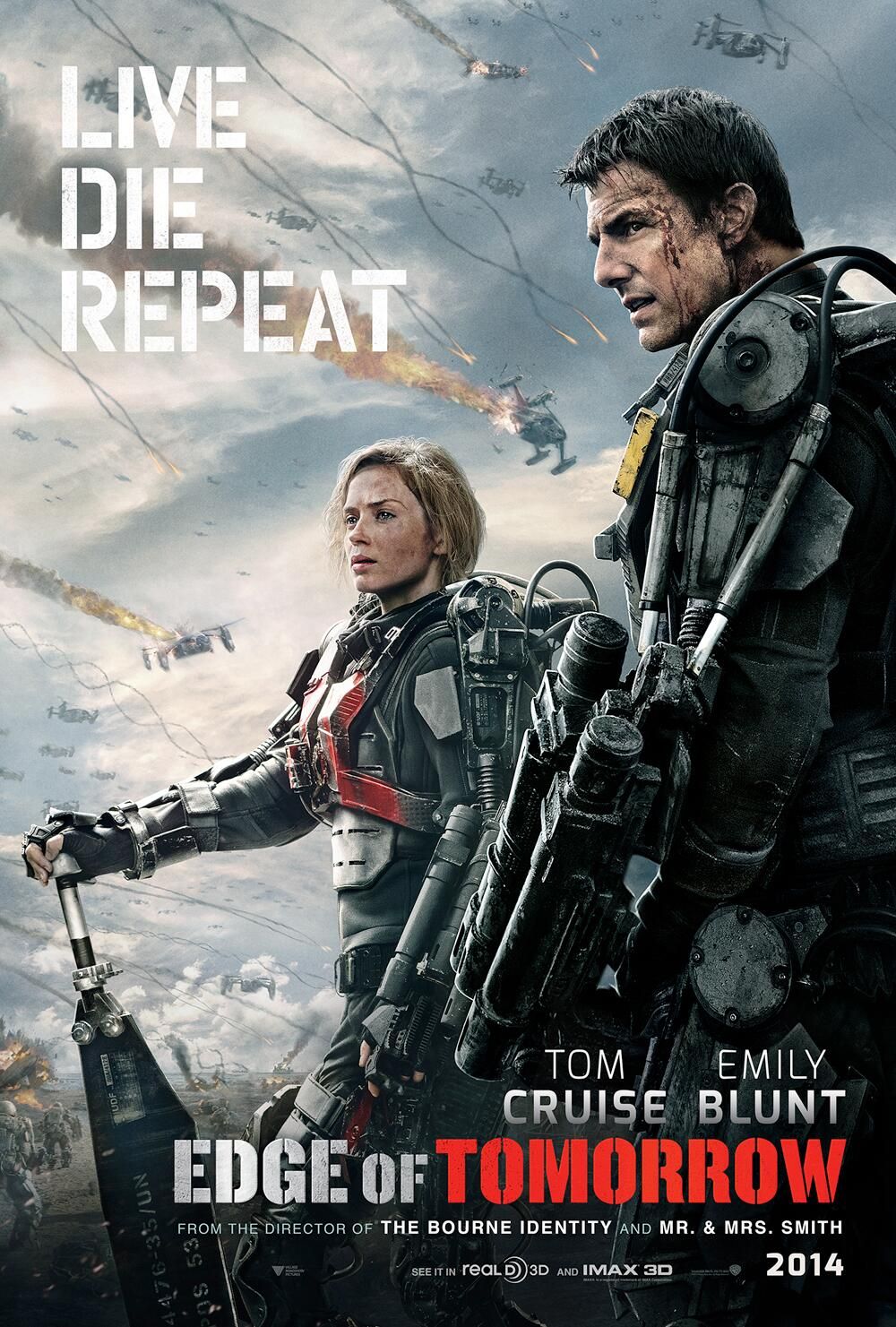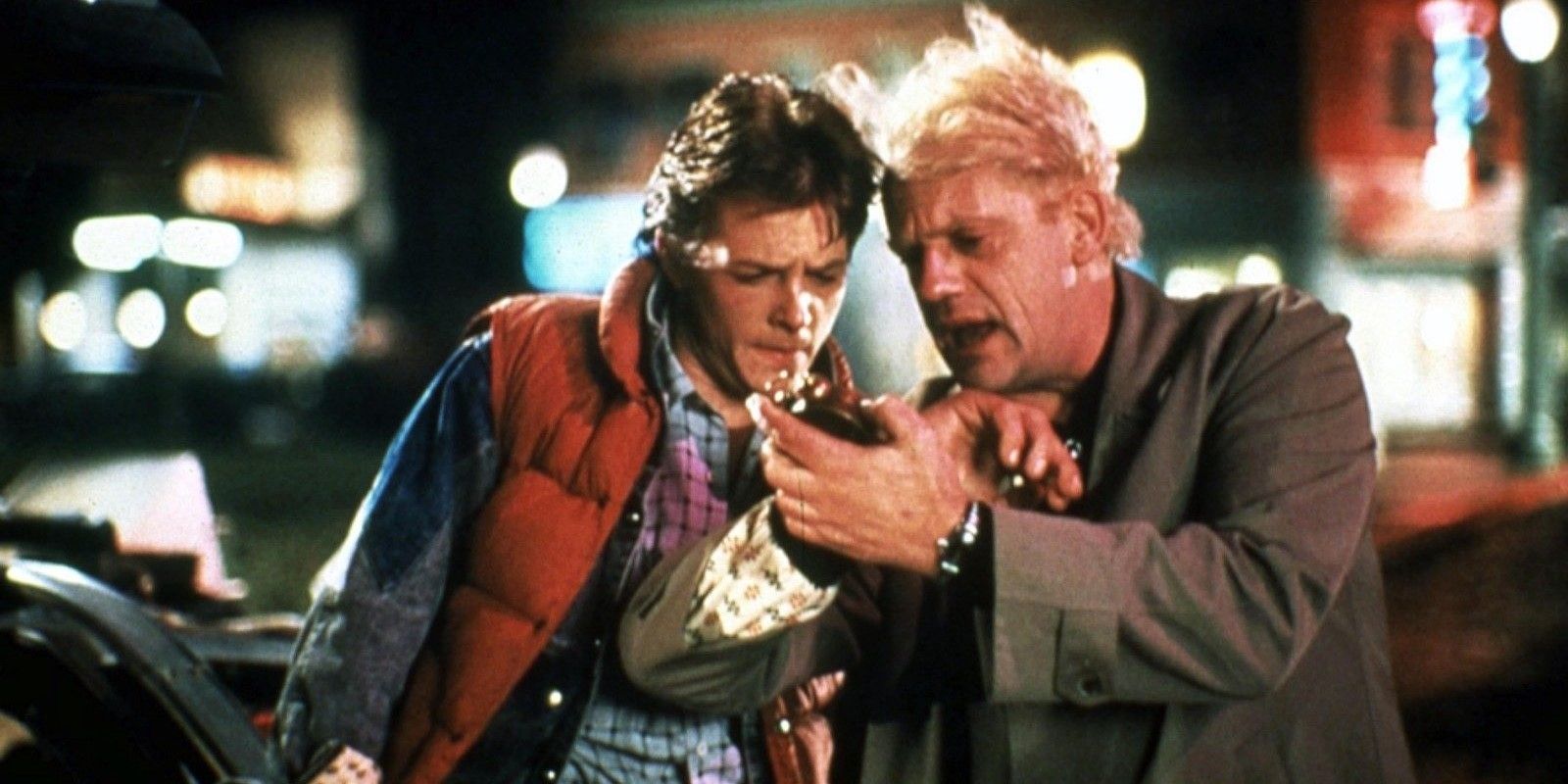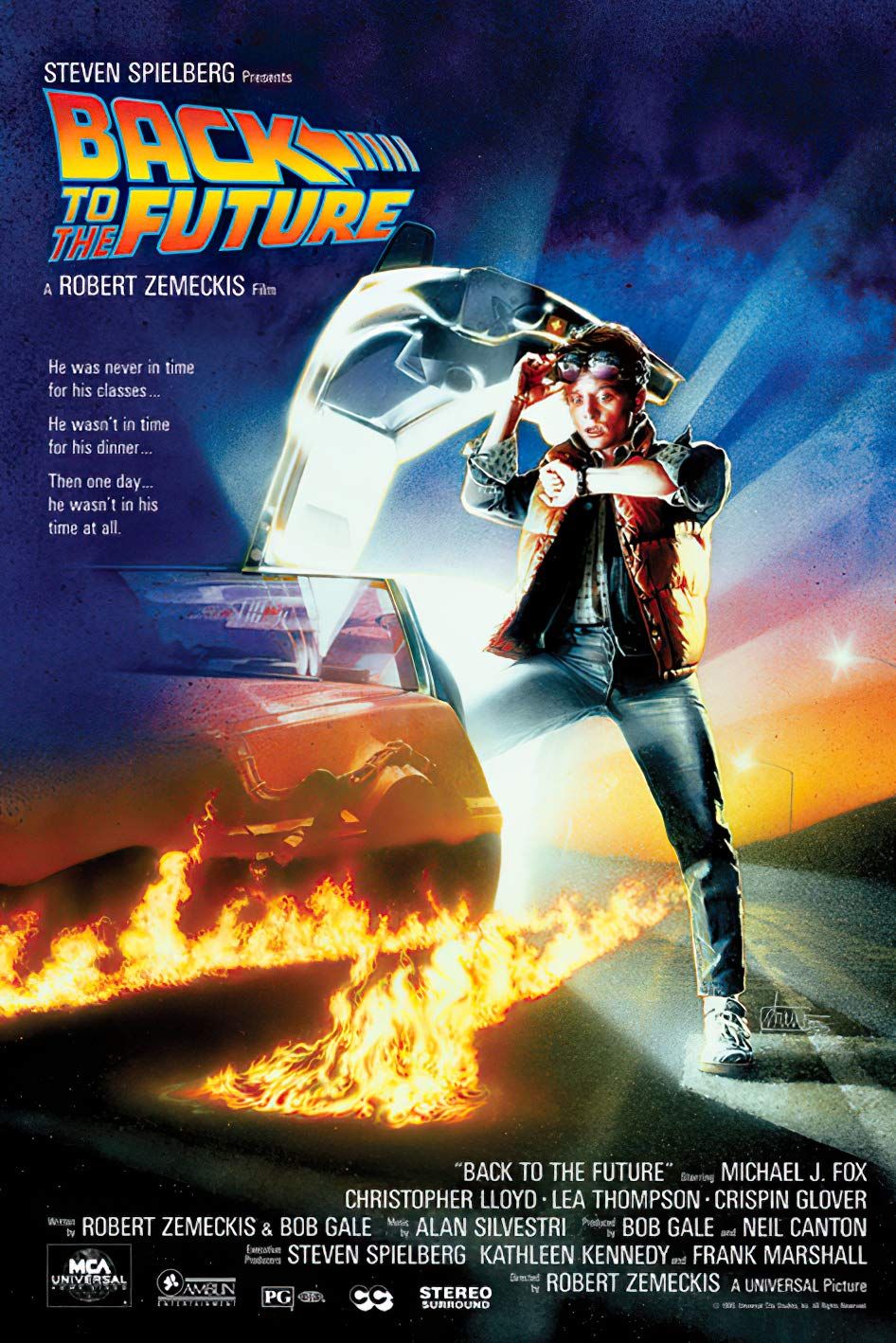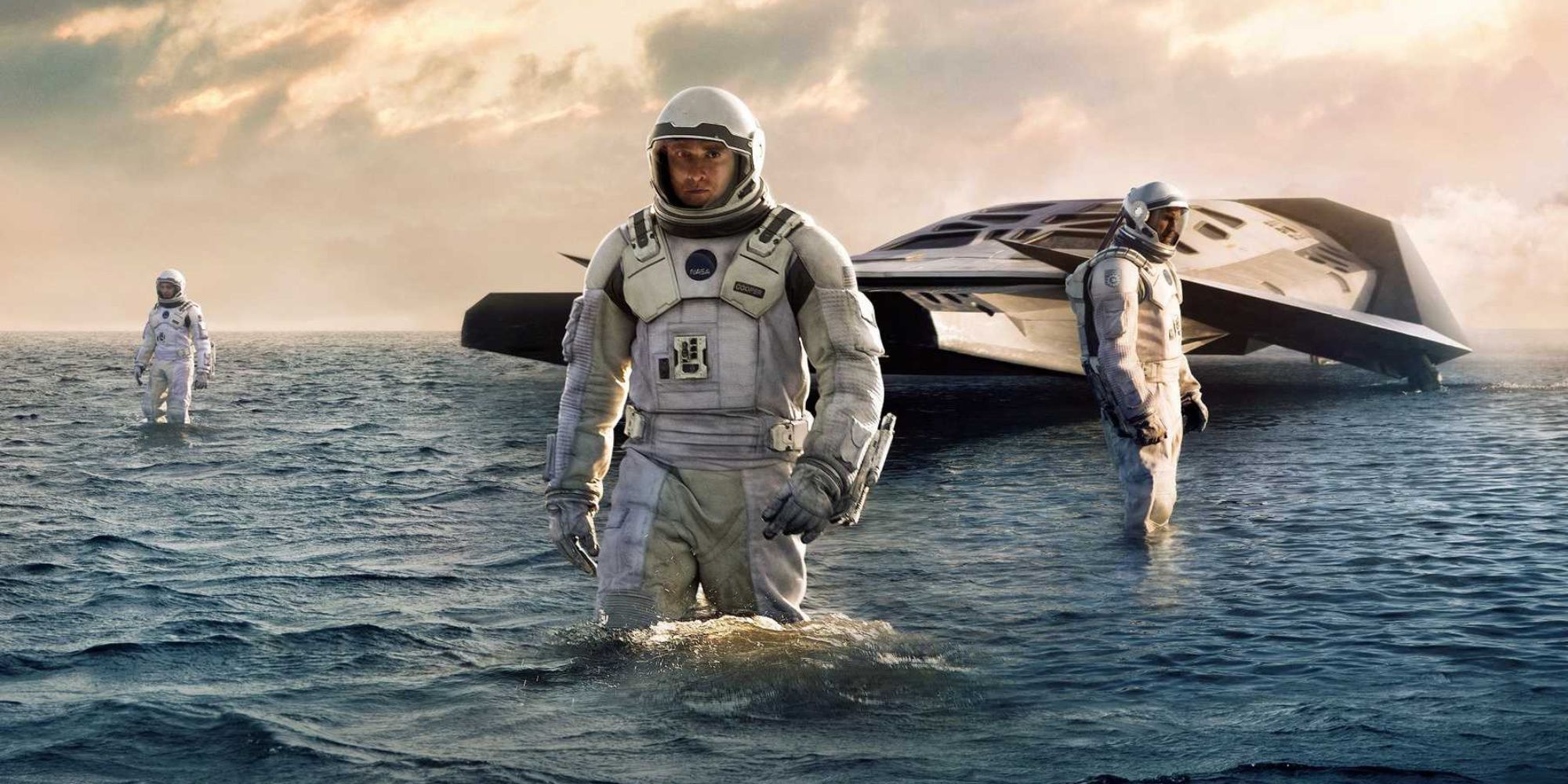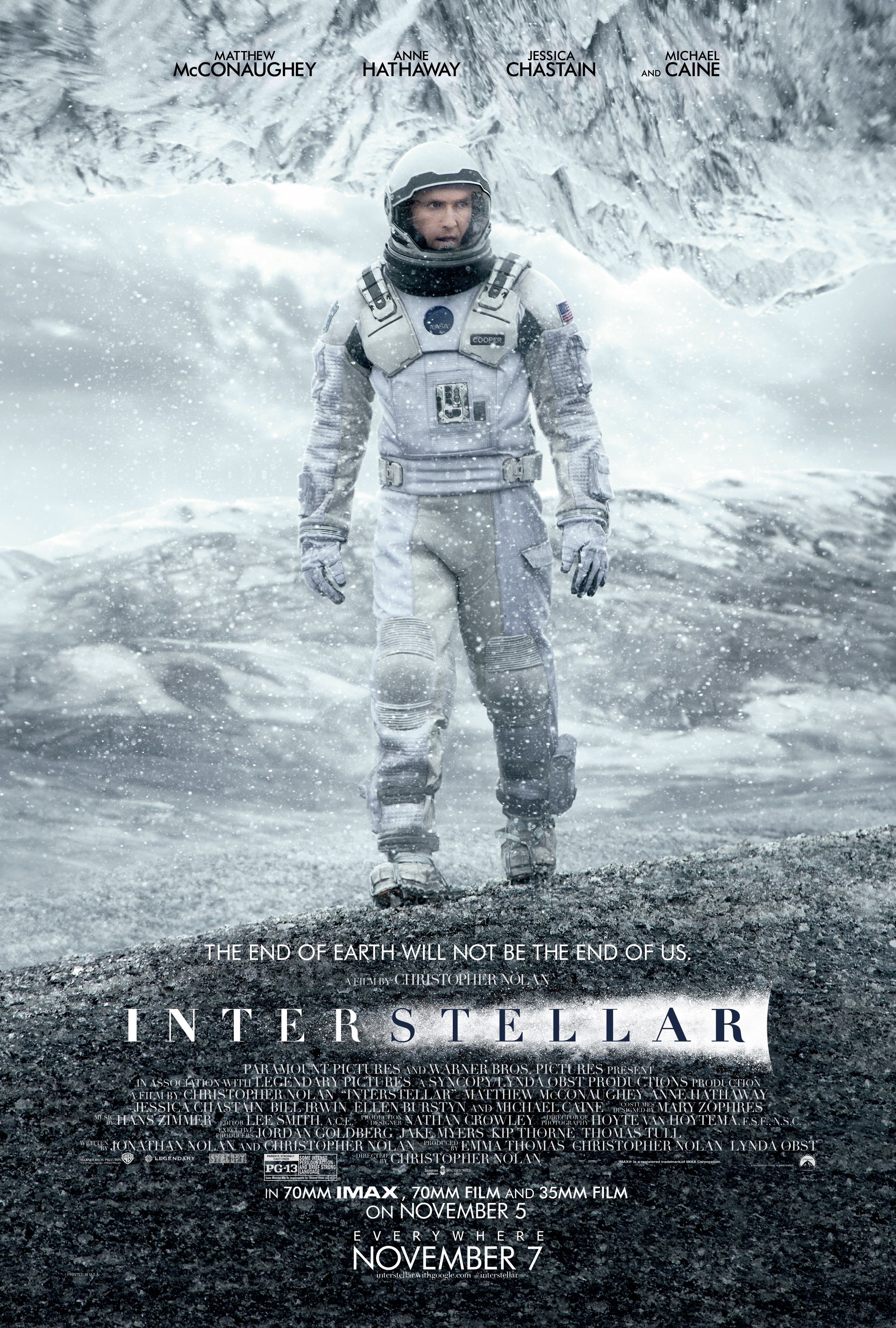Time is an eternally perplexing (and therefore exciting) topic in art and science. As science continues to solve more and more mysteries of existence, the question of what time is and how it works remains unsolved. There are lots of theories, but not only are they are difficult to prove, they can send the average brain into a headache-inducing tailspin trying to understand them. Space is easy for the human brain to grasp—we can see it, move through it, and manipulate it—but time appears to be a phenomenon that just happens to us. No matter where we move in space, we can never escape the present moment. Or can we?
That question is irresistible to many writers and filmmakers, who have taken turns exploring theories of time travel that range from magical (13 Going on 30) to completely random (Hot Tub Time Machine) to scientifically impressive (Interstellar). Time travel in science fiction and fantasy can operate by whatever rules the writers decide upon. Is time linear? Branching? Fixed? Fluid? Can a time traveler change their future or past? Can they bring other people with them? Whatever the rules, watching characters interact with these rules, in the hands of a good director, proves to be highly entertaining. In at least one important way, each of these 10 movies earns a spot as one of the best depictions of time travel in movies. (*Special note – this list intentionally doesn’t include any sequels.)
10 ’13 Going on 30′ (2004)
Directed by Gary Winick
In 13 Going on 30, the mechanism for time travel is a red packet of “Wishing Dust” given to Jenna (Christa B. Allen) by her best friend Matty (Sean Marquette). After a humiliating party experience, Jenna wishes to be “30 and flirty and thriving” while simultaneously knocking some of the Wishing Dust upon herself. The packet of Wishing Dust looks like a 1950s dime store toy, and it’s never explained where Matty got it or just how many of these magical packets are floating around destroying people’s lives. What matters is that in Jenna’s case it works, and she magically wakes up as a 30-year old (Jennifer Garner) with a thriving career and a cute, flirty personality that Garner plays so perfectly it’s unclear whether she is just being herself.
30-year old Matty is played by Mark Ruffalo, who is now estranged from Jenna after she apparently distanced herself from him when he wasn’t a cool enough 13-year old. Garner plays an adult-sized teenager with adorable panache as she gets a glimpse of what her life would be like without Matty, making 13 Going on 30 into a cautionary tale about how life can go all wrong if money and popularity are prioritized over true friends. Jenna eventually, and just as randomly, wishes her way back to being 13, where she chooses Matty over the popular kids. Only she can remember the time travel, and it appears to have been an alternate future that never comes to pass and therefore ceased to exist.
9 ‘Hot Tub Time Machine’ (2010)
Directed by Steve Pink
Hot Tub Time Machine might have the most original and most ridiculous explanations of time travel. Best friends Adam (John Cusack), Lou (Rob Corrdry), and Nick (Craig Robinson) get into a hot tub along with Adam’s nephew Jacob (Clark Duke), spill some energy drink (called Chernobly) on the hot tub’s console, and are subsequently transported back into their own lives in 1986. While they still feel like their middle-aged selves, they look like their younger selves. All events repeat as they originally happened, until they start to make changes based on what they each wish had actually happened to their younger selves. In Hot Tub Time Machine, time can be thought of as a linear track that you can travel back and forth on, with any new past events changing the future.
This movie is a raunchy good time, showing characters coming to terms with regrettable past behaviors and decisions. Their original resolve not to change anything for fear of messing up their lives means they each have to recreate deplorable behaviors and injuries while they race to try and figure out how to get back to their own time. Chevy Chase shows up as a hot tub repairman who seems to be a wizard-type travel guide, and he gives them a hint that allows them to figure out that the spilled energy drink on the console is the key to creating the hot tub time machine. Lou has so many regrets that he decides to stay in 1986 and live his life again, but the others return to their own time to discover they have vastly improved their lives simply by being slightly less dickish for one night in 1986.
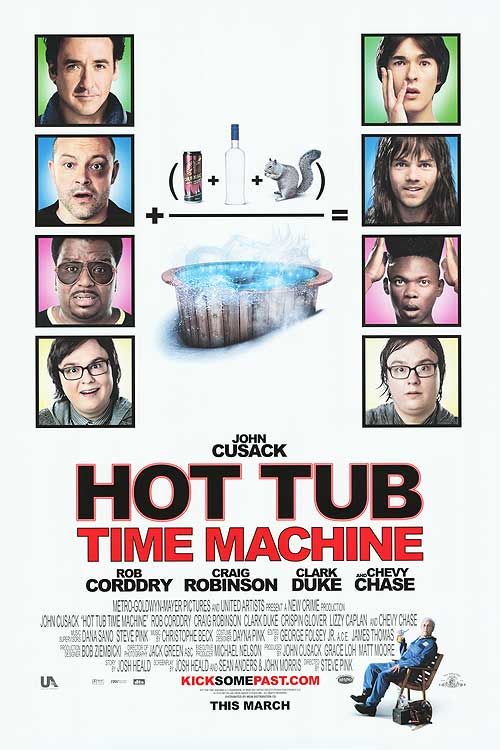
8 ‘The Terminator’ (1984)
Directed by James Cameron
There is no explanation of time travel given in The Terminator, except that in the future AI has become self-aware, invented time travel and sent the Terminator (Arnold Schwarzenegger) back in time to kill Sarah Connor (Linda Hamilton) before she can give birth to her son who will successfully lead the fight against AI. In The Terminator, time is linear and affecting the past also affects the future. However, there are examples of time paradoxes throughout The Terminator (and its sequels).
One major time paradox is the existence of Sarah Connor’s son, John. After the Terminator arrives with his murderous mission to kill Sarah Connor (and famously promises “I’ll be back”), another time traveler arrives, this time to help her. This time traveler is Kyle Reese (Michael Biehn), who is a good friend of John Connor’s. John has spoken often of his mother and how she taught him to fight the machines. John gave Reese a photograph of Sarah, and Reese fell in love with her (or at least the idea of her). Reese willingly volunteers to travel back in time to help save her from the Terminator and to finally meet the woman he loves. Sarah and Reese end up making love and conceiving John, so Reese is John’s father. In other words, John is the one who inspires Reese to go back in time to conceive him. What? It’s a true chicken-before-the-egg quandary, and The Terminator is full of these kinds of paradoxes. All in all, it’s a classic sci-fi action movie that created one of the most iconic characters of all time, who really has come back again and again and again.
7 ‘Avengers: Endgame’ (2019)
Directed by Anthony Russo & Joe Russo
Avengers: Endgame is largely about time travel. Multiple characters travel back in time through the Quantum Realm by using Pym Particles and some GPS watches that Tony Stark (Robert Downey Jr.) invents just for this purpose. Because time and space work differently in the Quantum Realm, the many minds of the Avengers theorize that they can decide when and where to exit the Realm. Luckily, they are correct, and we don’t end up with any smushed Avengers. In the MCU, time exists in branching timelines, also called the Multiverse, with each new timeline creating a parallel universe. The Multiverse contains the Sacred Timeline, sort of like the OG of timelines, and every time a character veers from what they should be doing in the Sacred Timeline, they create a new branching timeline/parallel universe. This means that if you travel back along a timeline, anything you change will just create a new branch/universe, rather than change the future that essentially already exists. In other words, each person’s life exists on a timeline that is always moving forward, no matter which year they jump in or out of. Confused yet?
With this rule in place, the Avengers travel back in time to try and undo Thanos’s snap. They try to be very careful to alter as little as possible, including avoiding their past selves. One of their biggest mishaps comes when Iron Man and Ant-Man (Paul Rudd) allow Loki (Tom Hiddleston) to steal the Space Stone (aka the Tesseract), and Loki uses it to disappear, creating a new timeline (which lays the groundwork for Loki, so this mishap is definitely worth it). When Captain America (Chris Evans) reenters the Quantum Realm to return the Infinity Stones at the end of the movie, he doesn’t return to the Sacred Timeline, and everyone fears the worst. Moments later, they realize he is sitting nearby as an old man, having chosen to stay in the past and live a normal life, married to his sweetheart Peggy (Haley Atwell), and is now decades older than the other Avengers. Following the Multiverse theory, Sacred-Timeline-Captain-America would have had to double-exist from 1948-ish on. Rather than create a branching timeline, his life would look like a long strand of spaghetti that folds back on itself several times. While he was frozen in the ice, he was also married to Peggy, living a normal civilian life. When they unfroze him in 2011, he would have also been an old man in the same timeline, still married to Peggy. Because he doesn’t appear to be 112 years old when he’s sitting on the bench at the end of Endgame, he probably time traveled to that point to let his friends know what had happened to him. Phew.
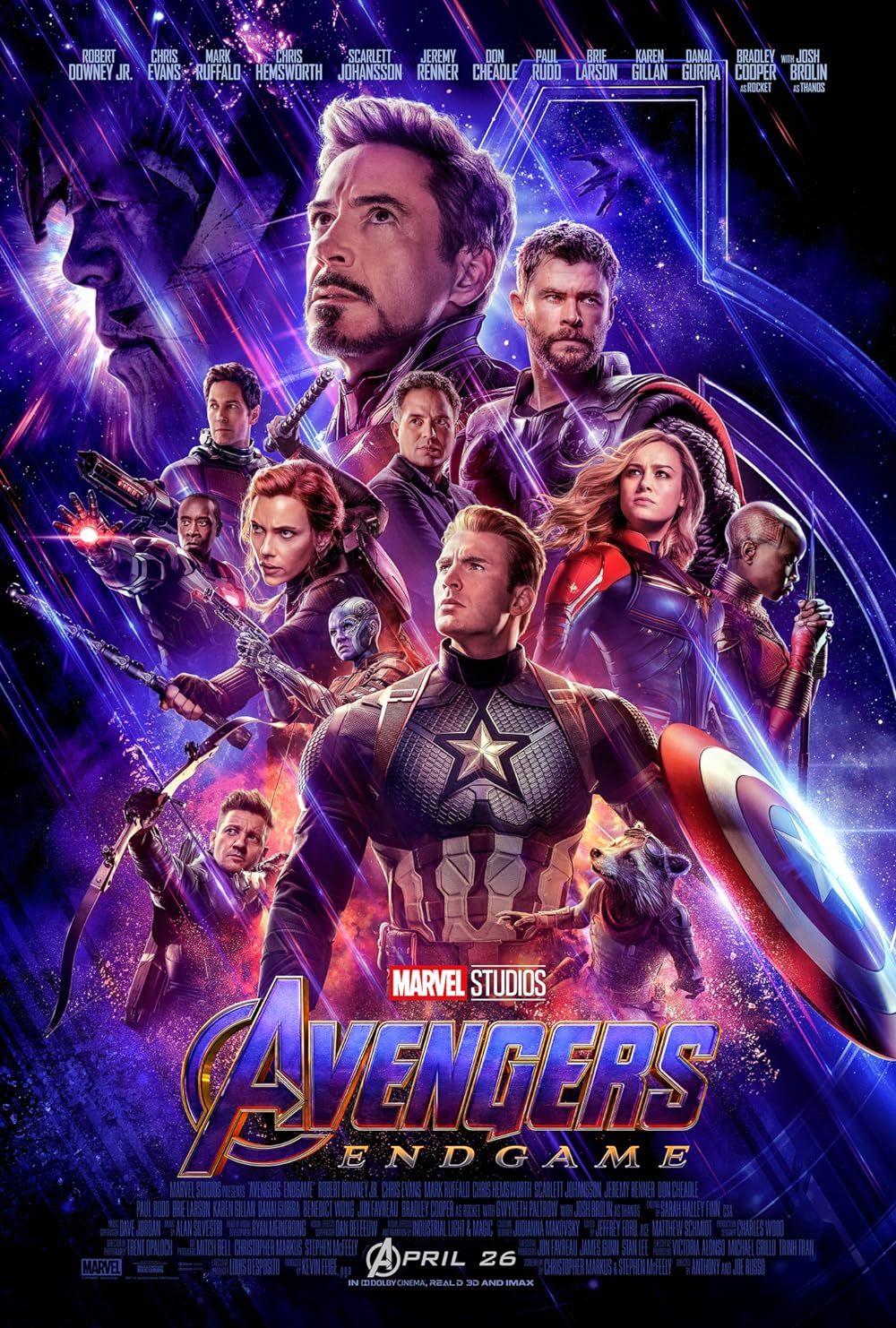
6 ‘Primer’ (2004)
Directed by Shane Carruth
Primer doesn’t get extremely technical about how time travel actually works, although the two main characters do communicate in a nerdy-techy language that makes everything they say sound very smart and convincing. Abe (David Sullivan) and Aaron (Shane Carruth, who also wrote and directed the film), accidentally discover time travel in their garage while working on experiments in temperature stabilization. They don’t completely understand how it works, but what they know is that they have created a field where objects are subjected to different rules of time, i.e. time passes differently inside these boxes they can build. Naturally, they build two human-sized boxes so they can travel to the past, play the stock market and get rich.
Primer has a low-budget, indie feel that contributes to the feeling that the audience is observing semi-boring conversations between friends. However, these boring conversations slowly become increasingly surreal as Aaron and Abe progress from discovering a method of time travel to experimenting with it to deceiving each other to murdering themselves. Their friendship devolves as quickly as their grasp on reality, and Primer shows what a nightmare time travel would actually become in a very (increasingly) short amount of time.
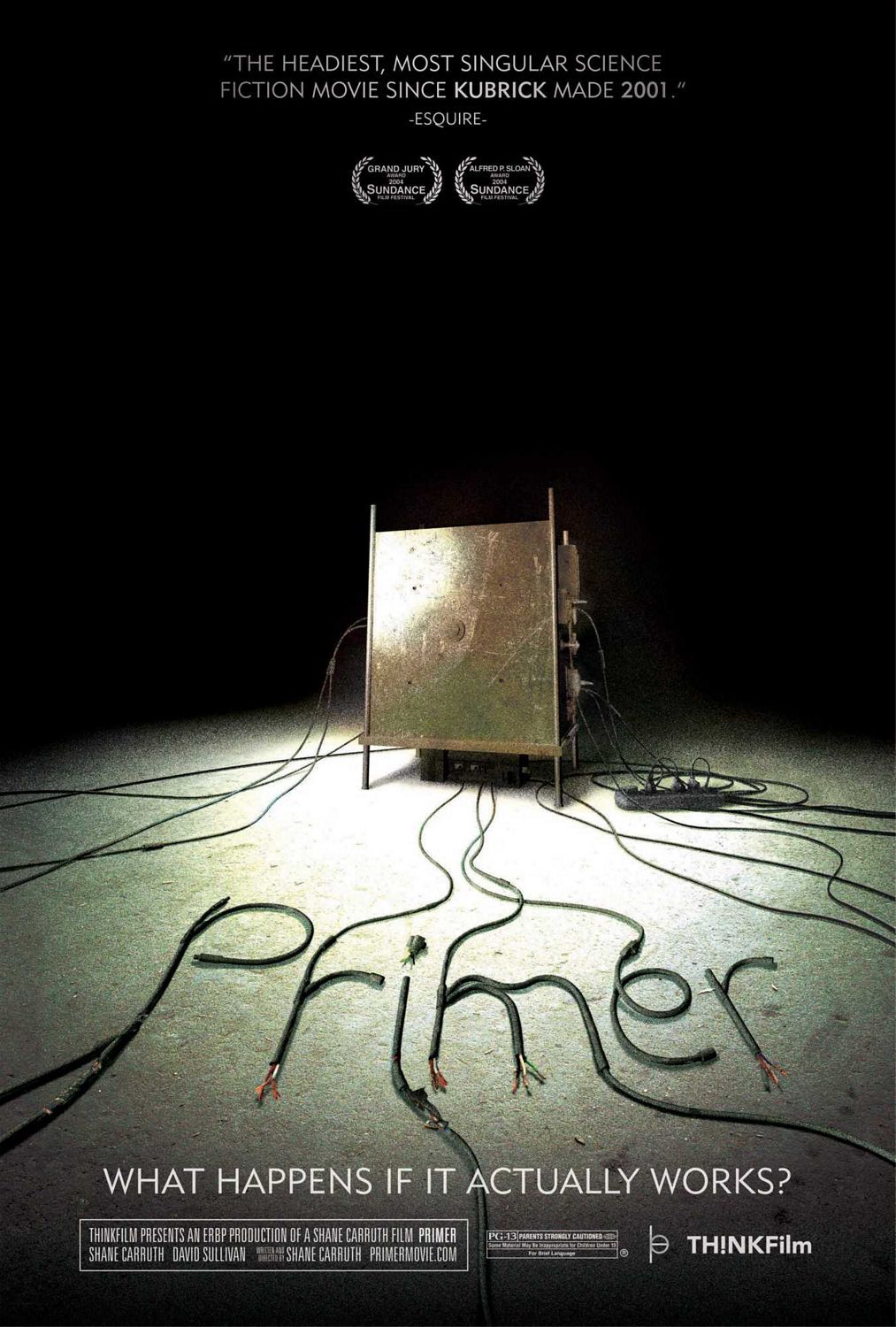
Primer
- Release Date
- January 16, 2004
- Cast
- Shane Carruth , David Sullivan , Casey Gooden , Anand Upadhyaya , Carrie Crawford , Jay Butler
- Runtime
- 77 minutes
- Main Genre
- Drama
5 ‘Donnie Darko’ (2001)
Directed by Richard Kelly
Donnie Darko is a movie that stays with viewers. The imagery and mood are so specific, original and disturbing, Donnie Darko has become a cult classic and will likely remain a touchstone for future time travel/apocalyptic/coming-of-age films. Donnie Darko (Jake Gyllenhaal) is a teenager who gets stuck in a parallel universe when a jet engine that was sucked into a wormhole crashes onto his bed. The existence of the wormhole is never explained, but through Donnie’s explorations of trying to understand why everything is weird all of a sudden, it’s implied that wormholes can just randomly happen. In the movie, there is a book called The Philosophy of Time Travel written by Roberta Sparrow. Darko meets Sparrow (Patience Cleveland) and her theories seem to match what is happening to him.
In this alternate universe, Donnie has some special powers, including telekinesis. He learns that the universe he is in is unstable and will eventually collapse back in on itself. Fans have worked hard to figure out what exactly is happening in Donnie Darko, and director Richard Kelly has thrown them some clues over time. The ambiguity of the movie is part of its appeal, as Donnie also doesn’t know what is happening to him, but he eventually realizes that the only way to save the primary universe is to set things right by sending the jet engine back through the wormhole. He manages to do this using telekinesis and wakes up in his bed in the primary universe, 28 days earlier, just as the jet engine falls into its rightful place—on top of him in his bed. This isn’t quite a time paradox because the rules of time travel within tangent universes are explained enough in the movie that it sort of makes sense at the end. Viewers who want more of an exploration can check out Donnie Darko: The Director’s Cut, in which Kelly gets more explicit about wtf is happening. Be warned: The Director’s Cut removes some of the ambiguity of the original.
4 ‘About Time’ (2013)
Directed by Richard Curtis
About Time has one of the simplest methods of time travel: the traveler simply closes their eyes and thinks about the time they want to go to. There are some rules. The only people that are able to travel in time are the men in one particular family (at least, the audience never finds out if there are others). They can only travel backward in their own lives, to places and times they have already been. When they arrive, there is only one of them, i.e. they are in their body as it existed in that time, but with all the knowledge of the life they have lived since. Anything they change will alter the future for everyone.
What makes About Time especially sweet, besides the love story between Tim (Domhnall Gleeson) and Mary (Rachel McAdams), is the ponderance of what is worth spending time on. Tim’s father (Bill Nighy) has decided to use his extra time to be with his family and to read books. Tim decides he’s going to use it to get a girlfriend, which he does. He accidentally discovers that if you travel back in time after your child is born, you can omit the existence of your child because their life depended on an exact moment and circumstance of conception. That becomes another rule, leading to a touching scene where Tim and his father travel together for the last time before Tim’s second child is born. Even though the how’s and why’s of time travel are barely touched in About Time, the how’s and why’s of individual values are beautifully explored in a simple but delightful way.

About Time
- Release Date
- September 4, 2013
- Director
- Richard Curtis
- Runtime
- 123 minutes
- Main Genre
- Comedy
3 ‘Edge of Tomorrow’ (2014)
Directed by Doug Liman
Edge of Tomorrow is an example of when science-fiction relies more on fiction than science. In this case, time travel is a time loop that Cage (Tom Cruise) is stuck in. Neither Cage nor the audience know how the time loop started, but it ends the same way every time: in Cage’s violent death. Because this is the day he is sent into battle against a highly advanced alien species, he can never survive the day. One of the great pleasures of time loop movies is watching the characters slowly hack the loop, getting ever closer to figuring out how to exit. In Edge of Tomorrow, Cage hacks the day until he meets Rita (Emily Blunt), and she has answers (well, theories anyway) for him because she also was stuck in a time loop.
The aliens in Edge of Tomorrow have an ability to control time. They are wiping out the human species by resetting days in order to hack every battle. But if a person gets the blood of one of the Alpha aliens on them, they will accidentally become the set point for the resetting of the day. It doesn’t make any sense, and director Doug Liman doesn’t spend time trying to convince the audience of the believability. This is one of the great luxuries of having something like aliens in your story—anything is possible. The characters believe this is real, and because it’s Blunt and Cruise the audience can get swept up in the suspension of their disbelief long enough to enjoy this thoroughly fantastic movie.
2 ‘Back to the Future’ (1985)
Directed by Robert Zemeckis
The science behind time travel in Back to the Future is surprisingly detailed. Time travel revolves around a device called the flux capacitor, built by Dr. Emmett “Doc” Brown (Christopher Lloyd). The flux capacitor is essentially a tiny nuclear reactor that is capable of generating an enormous amount of power in a short amount of time. This amount of power attached to a device that could reach 88 mph in a short amount of time, like a powerful car, can combine to allow the flux capacitor to “flux” and break the time barrier (not a real thing). There are also coils around the car (a DMC DeLorean) and a device on the roof that allows the car to travel through the wormhole that will open up. The trails of fire left by the wheels? Those are from excess nuclear energy being dispersed.
Solving all the logistical problems of how to get the DeLorean time machine to function is the main role of Doc, and it heightens the tension of whether or not Marty McFly (Michael J. Fox) will make it back to the future. Serious mishaps begin to occur almost immediately when he arrives in 1955, not the least of which is when his mother becomes infatuated with him (she’s still a teenager). Because past events can alter the future in this movie, Marty begins to physically disappear as the odds of his parents getting together decrease the longer he stays in the past. Back to the Future is not a perfect movie by any means, but it has had a huge impact on American culture, spawned two sequels, and its legacy continues today.
1 ‘Interstellar’ (2014)
Directed by Christopher Nolan
Interstellar made a solid attempt at creating a world where time travel is possible, which isn’t surprising considering it was written (along with Jonathan Nolan) and directed by Christopher Nolan, who brought audiences such reality-twisting movies as Memento, Inception, and Tenet. Interstellar relies on the theory of spacetime, which posits that time and space are not separate from each other and, therefore, that time is somehow a physical thing. But where Interstellar really geeks out and gets interesting is in its focus on gravity. Alarmingly, scientists still don’t understand what gravity actually is, but it does seem to affect how time works. Interstellar‘s plot revolves around the mystery of gravity, and Nolan plays gravity like a symphony in this movie.
Cooper (Matthew McConaughey) is an astronaut and farmer who travels into space to check out a wormhole that might lead to a habitable planet. From there, Nolan explores gravity’s effect on time through the theory of relativity, impacting how time passes on different planets due to their proximity to a black hole, which would increase gravity. Back on Earth, Cooper’s kids are growing in years while he spends mere hours exploring these planets. Cooper decides to sacrifice himself in order to help the other astronauts circumnavigate the black hole and hopefully make it to a new planet. In doing so, he falls into the black hole, where he can see spacetime as clearly as walking around inside a building, although in this case it’s a tesseract. Oddly enough, he is inside his daughter’s (Jessica Chastain) childhood bedroom. Cooper realizes that by touching the tesseract he can send messages to his daughter. He sends her child self the coordinates to reach the NASA facility they will find in the future (time paradox), and he sends her adult self the quantum data from the black hole he is in, which allows her to solve the gravity equation that saves humanity.

